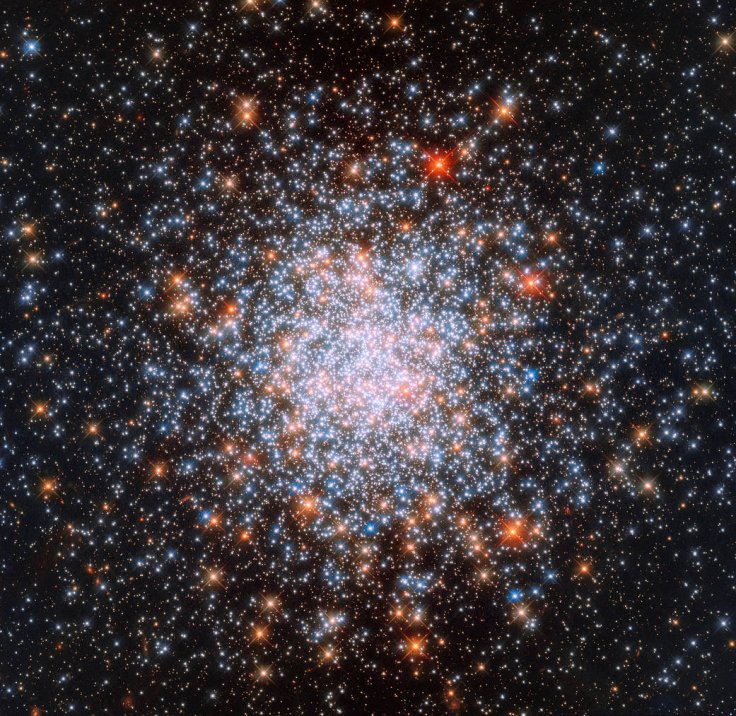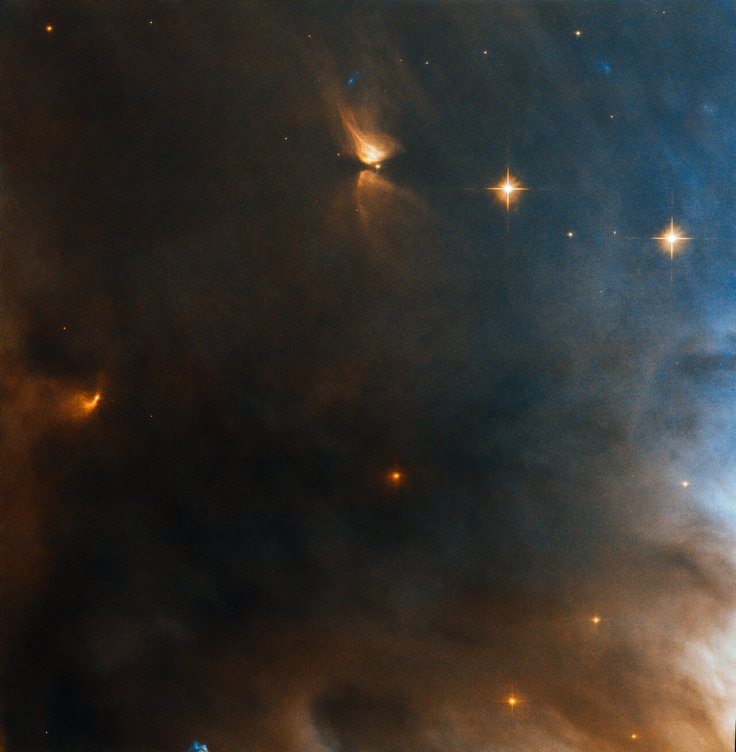The Hubble Space Telescope operated by the European Space Agency (ESA) and NASA recently shared a mesmerizing photo of a globular cluster filled with ancient stars. Due to the age of most of the stars within this cosmic structure, scientists believe many of them can be traced back to the Big Bang.
The globular cluster featured in the space telescope photo is called NGC 1866. According to the ESA, this cluster was first discovered in 1866 by James Dunlop, an astronomer from Scotland. It is situated within the Large Magellanic Cloud, which is a small galaxy near Milky Way.

Age Of The Stars Within NGC 1866
Studies conducted on NGC 1866 revealed that stars within the cluster are low in metallicity. This means they have lesser metal elements that young stars. Due to the unique composition of the stars within the cluster, astronomers were able to determine that they are already very old.
"In astronomy, 'metals' are any elements other than hydrogen and helium; since stars form heavier elements within their core as they carry out nuclear fusion throughout their lifetimes, a low metallicity indicates that a star is very old, as the material from which it formed was not enriched with many heavy elements," the ESA stated.
Possible Big Bang Remnants Within NGC 1866
Due to the age of the stars, many scientists believe that they were one of the first objects that were formed during the Big Bang. This refers to a theoretical model that explains the evolution of the universe as it expanded.
In the case of NGC 1866, many of its stars may have formed as the cosmic materials within the cluster reaction to the universe's expansion. "It's possible that the stars within globular clusters are so old that they were actually some of the very first to form after the Big Bang," the ESA stated.

Multi-Generational Stars Of NGC 1866
Despite being widely inhabited by old stars, young star formations can also be spotted inside the globular cluster. As explained by the ESA, many of the young and newborn stars may have been formed after a massive cloud of gas interacted with NGC 1866.
According to the agency, the interaction between the globular cluster and the gas cloud may have triggered a cosmic reaction that created young stars. As a result, NGC 1866 remains as an active cosmic structure even though many of its stars are already old.









